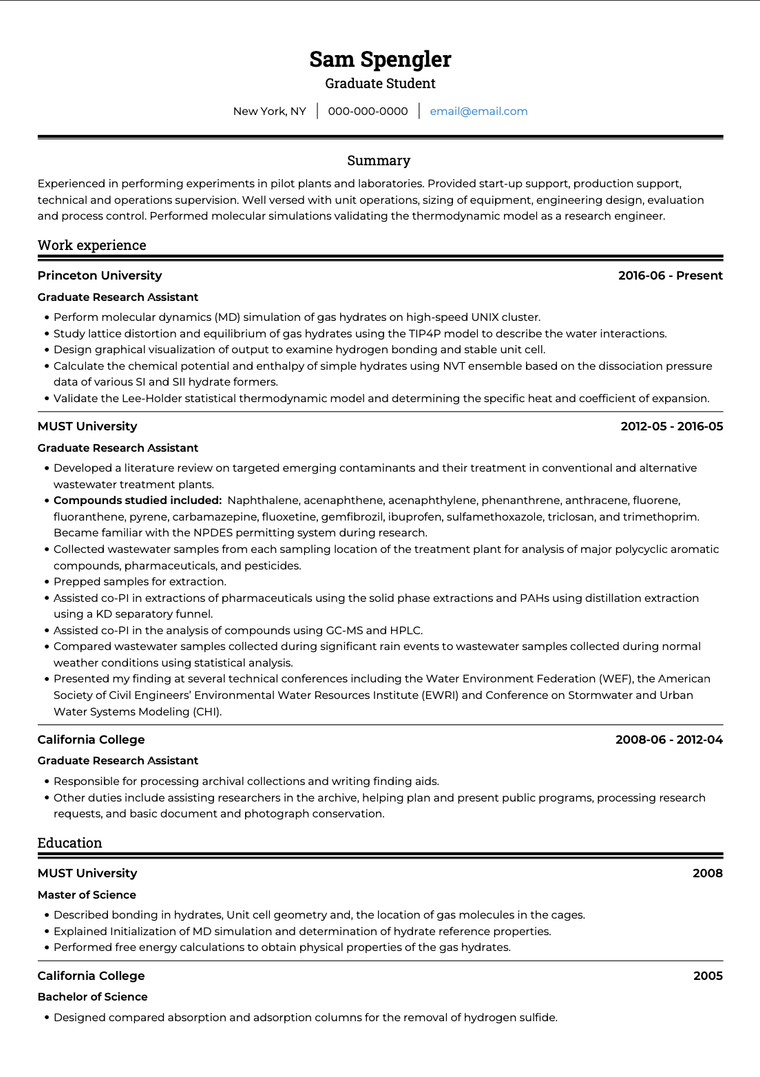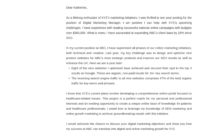Starting your journey toward a graduate degree is incredibly exciting, isn’t it? You’ve probably spent countless hours researching programs, envisioning your future research, and maybe even dreaming of graduation day. But before you can dive into the academic deep end, there’s that crucial first step: the application. And at the heart of many graduate applications lies your curriculum vitae, or CV.
It’s more than just a document; it’s your academic story, a snapshot of your achievements, research, and aspirations. Crafting a compelling CV can feel daunting, especially when you’re aiming for highly competitive programs. This is where having a well-structured cv template for graduate application becomes your secret weapon, helping you present your best self to admissions committees and making the process a whole lot smoother.
What Makes Your CV Stand Out for Graduate Programs?
When admissions committees review applications, they’re not just looking for a list of accomplishments; they’re searching for potential researchers, future colleagues, and passionate scholars who will contribute meaningfully to their academic community. Your CV is their first real glimpse into who you are as an academic. Unlike a resume for a job, a graduate school CV is far more detailed, focusing heavily on your scholarly journey, research experience, publications, presentations, and academic achievements rather than professional work history, unless it’s directly relevant to your field.
So, how do you ensure your CV isn’t just another document in a pile but one that genuinely captures their attention? It starts with understanding what they’re truly looking for. They want to see evidence of your intellectual curiosity, your ability to conduct research, your communication skills, and your commitment to your chosen field. Every section of your CV should reinforce these qualities, painting a coherent picture of a dedicated and promising graduate student.
Essential Sections to Include in Your Graduate Application CV
While the exact layout might vary slightly, a strong graduate CV typically features these core components:

- Contact Information: Make it easy for them to reach you.
- Education: List all degrees, institutions, dates, relevant coursework, and thesis titles.
- Research Experience: Detail projects, your role, methodologies, and outcomes. This is often the most critical section.
- Publications and Presentations: Include journal articles, conference papers, posters, and any other scholarly dissemination.
- Awards and Honors: Scholarships, fellowships, dean’s list, and academic prizes.
- Teaching Experience: If you’ve tutored, TA’d, or led workshops.
- Relevant Skills: Language proficiencies, software expertise (e.g., statistical packages, coding languages), lab techniques.
- Extracurricular Activities and Volunteer Work: Only include if they demonstrate relevant skills or commitment.
- References: Often “Available upon request” or specific contact details if permitted.
It’s important to remember that this isn’t just a checklist. Each entry should be crafted to highlight your specific contributions and learning. For instance, when describing research experience, don’t just state the project title. Elaborate on your specific responsibilities, the methods you employed, and the impact of your work. Did you collect data? Analyze results? Write sections of a paper? Be precise and quantify your achievements whenever possible. Your education section should go beyond just listing your degree; mention your GPA if it’s strong, and highlight relevant courses or specializations that align with the graduate program you’re applying to.
Tailoring Your CV Template for Graduate School Success
Having a solid cv template for graduate application is undoubtedly a fantastic starting point, but it’s crucial to understand that it’s a foundation, not a rigid mold. The real magic happens when you meticulously tailor that template to each specific graduate program you apply to. Admissions committees can spot a generic CV from a mile away. They want to see that you’ve done your homework, that you understand their program’s unique focus, and that you genuinely believe you’re a good fit for their faculty and research environment.
This means going beyond simply filling in your details. Read the program description carefully. What are their faculty’s research interests? What kind of students do they typically admit? Then, go back to your CV and subtly adjust the emphasis. If a program is heavy on quantitative research, ensure your statistical software skills and data analysis experience are prominent. If it’s a theoretical program, highlight your analytical skills and relevant academic papers you’ve written or studied. Emphasize achievements and experiences that directly align with the program’s offerings and your proposed area of study.
Beyond academic achievements, think about the skills you’ve developed that will make you a successful graduate student. These aren’t always explicitly taught in a classroom. Did you lead a study group? That shows leadership. Did you troubleshoot a complex experiment? That demonstrates problem-solving and resilience. Many graduate programs value interdisciplinary thinking, communication skills, and the ability to work independently or as part of a team. Weave these “soft skills” into your descriptions of projects and experiences, using action verbs to convey your capabilities.
Before you hit that submit button, a final meticulous review is absolutely essential. A small error can undermine an otherwise perfect application. Consider getting a fresh pair of eyes to look it over, perhaps a mentor or a career services advisor. They might catch something you missed.
- Proofread, Proofread, Proofread: Check for typos, grammatical errors, and awkward phrasing.
- Consistency is Key: Ensure formatting (fonts, spacing, bullet points) is uniform throughout.
- Conciseness: While detailed, avoid unnecessary jargon or overly long descriptions.
- File Format: Save as a PDF to preserve formatting, unless otherwise specified.
- File Naming: Use a professional name (e.g., “YourName_CV_ProgramName.pdf”).
Ultimately, your CV is a dynamic document, a living testament to your academic and research journey. By putting in the effort to customize it for each application, you’re not just presenting your past achievements; you’re building a compelling case for your future as a successful graduate student. This dedication shows the admissions committee your seriousness and passion, setting you apart from other applicants.
The journey to graduate school is a significant undertaking, requiring dedication and foresight. Your curriculum vitae plays a pivotal role in this process, serving as your primary advocate to the admissions committee. By investing time in creating a well-structured, comprehensive, and tailored document, you significantly enhance your chances of securing a spot in your desired program.
Remember, every detail on your CV contributes to the narrative of your academic potential and commitment. Present your experiences and qualifications with clarity and precision, allowing your passion for your chosen field to shine through. With a thoughtfully prepared CV, you’re not just applying; you’re making a strong statement about your readiness to embark on the next exciting chapter of your scholarly career.
